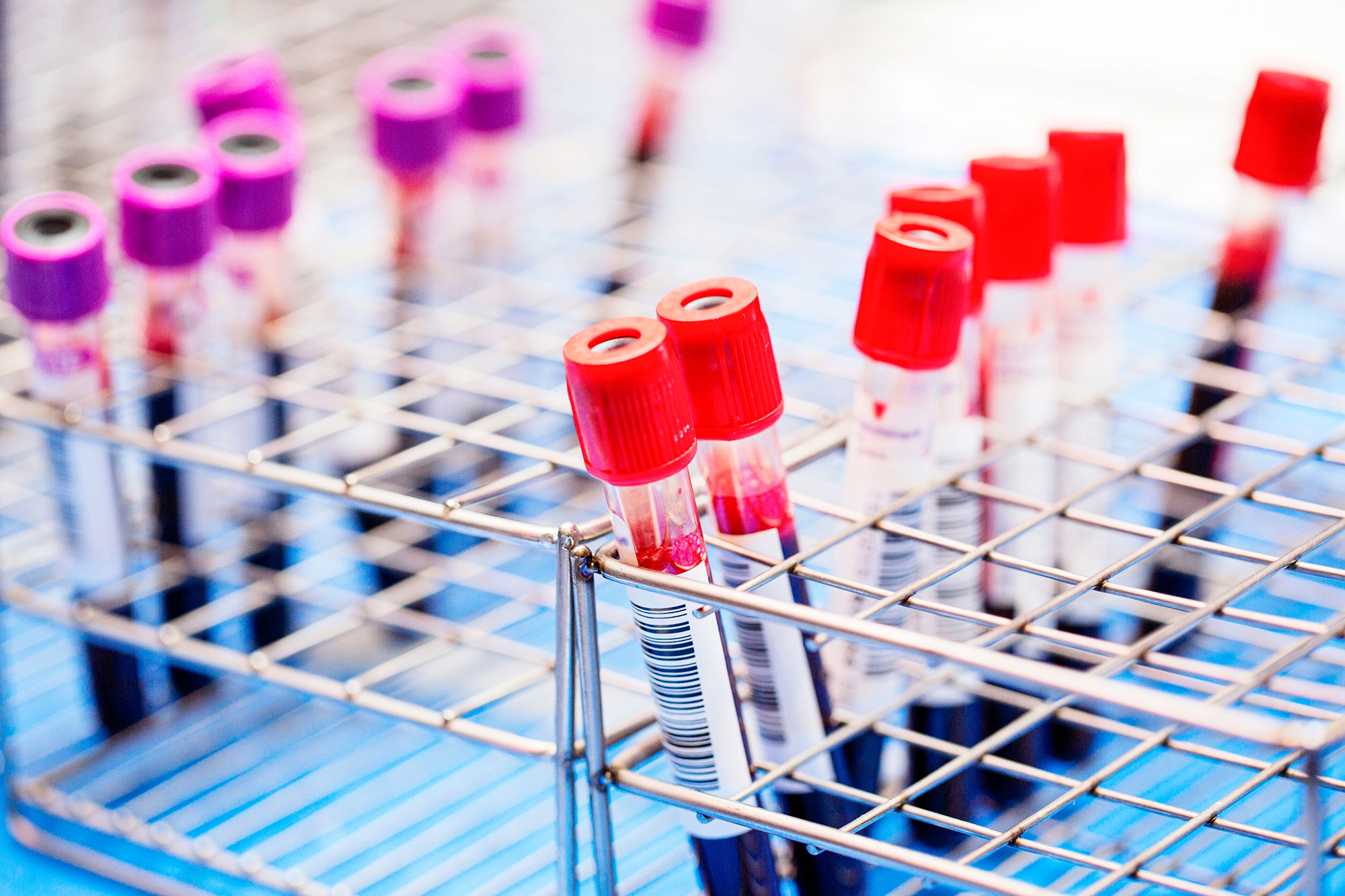Blood
New Blood Test Could Detect Cancer — But Still Has a Long Way to Go
A new blood test that can detect 50 types of cancer could be on the way.
The test, developed by California-based biotech company Grail, looks for fragments of tumor and cancer DNA in a person’s blood, hoping to catch the disease just as it forms and well before a person experiences symptoms.
“This study provides early evidence of the feasibility of blood testing to screen for multiple cancers with a single test,” researchers wrote in the study.
For the research, published Friday in The Lancet, researchers at Memorial Sloan Kettering Cancer Center, a leading research facility in New York City, gathered data from 6,662 people.
Among those in the study, 92 were told that they were likely to soon develop cancer. Around 80 days later, researchers would follow up with participants for a more intense screening to search for cancer. They found that 35 of those people actually did have cancer — with 57 being false positives. In other words, nearly 62% had a false positive result.
Still, the test shows promise, demonstrating the ability to catch cancer in people who otherwise feel fine. Researchers note that in many of these cases, the cancers were in very early stages. Early interventions can prevent the cancer from spreading to other parts of the body where it is deadly and extremely hard to fight.
“[The test] detected many cancer types for which screening tests do not exist, including some found at early stages,” the researchers continued.
The exam can also test for all types of cancer, versus a regular screening which only checks on area or body part at a time — which the Memorial Sloan Kettering team calls “multi-cancer early detection” (MCED).
However, the number of false positives is also cause for concern. More than half of the people the test suspected had the disease were determined to be cancer-free by the end of the trial.
“This study supports the feasibility of MCED screening for cancer and underscores the need for further research investigating the test’s clinical utility,” researchers concluded.

